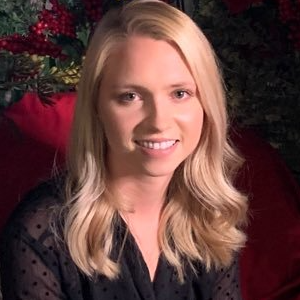Title : Characterisation of the proteomic response of candida parapsilosis to the silver(I) compound SBC3
Abstract:
The antimicrobial activity of silver has long been established and is widely used clinically. The low toxicity and broad-spectrum activity of silver make it a promising candidate in the fight against resistant pathogens. N-heterocyclic carbenes (NHCs) constitute a versatile range of organic compounds that readily bind transition metals. The NHC silver(I) acetate complex SBC3, derived from 1,3-dibenzyl-4,5-diphenylimidazol-2-ylidene (NHC*) has previously demonstrated antibacterial and antifungal properties however, the mode(s) of action of SBC3 remain unclear. To this end, quantitative label free proteomics was employed to assess protein abundance changes in the pathogenic yeast Candida parapsilosis. Exposure of the yeast to SBC3 induced an increase in proteins associated with cellular stress and detoxification (encoded by Candida drug resistance 1 (CDR1) gene; thioredoxin domain-containing protein) and decreased abundances in protein synthesis proteins (ribosomal protein L37), respiration (NADH dehydrogenase [ubiquinone] flavoprotein 1) and cell adhesion (Candida_ALS_N domain-containing protein).
The success of C. parapsilosis infection is largely attributed to biofilm formation. The identification of adherence and biofilm-associated proteins within the proteomics data guided subsequent studies revealing that pre-treatment of C. parapsilosis with SBC3 reduced the cell’s capacity to bind epithelial cells by approximately 90% and reduced biofilm formation on an abiotic surface by 76%. This may be explained by the altered morphology and reduced presence of extracellular matrix in SBC3-treated C. parapsilosis visualised by scanning electron microscopy.
Audience take away:
- C. parapsilosis is an opportunistic pathogen that has rapidly emerged in the past two decades. Prolific biofilm production and the development of antifungal drug resistance have hindered treatment of infection. Thus, it is imperative to develop novel and/or repurposed therapies.
- This work sheds light on a promising novel silver therapeutic that has demonstrated broad-spectrum activity against bacterial and fungal pathogens. Quantitative label-free proteomics is a novel approach to better understand the antimicrobial mode(s) of action of SBC3.
- Proteomics is a power tool that offers insight into drug efficacy and protein-drug interactions which can guide/compliment further phenotypic studies. Gel-free mass spectrometry techniques (coupled with liquid chromatography and analytical software tools) offer high-throughput analysis of entire microbial proteomes with enhanced sensitivity and reduced labour and costs, often replacing dated and constrained gel-based methods.
- Presentation of this work shares proteomic expertise with regards to methodology and data analysis and novel strategies to combat antimicrobial drug resistance. It is also an opportunity to meet experts in similar fields to gain invaluable knowledge and enhance future studies.



